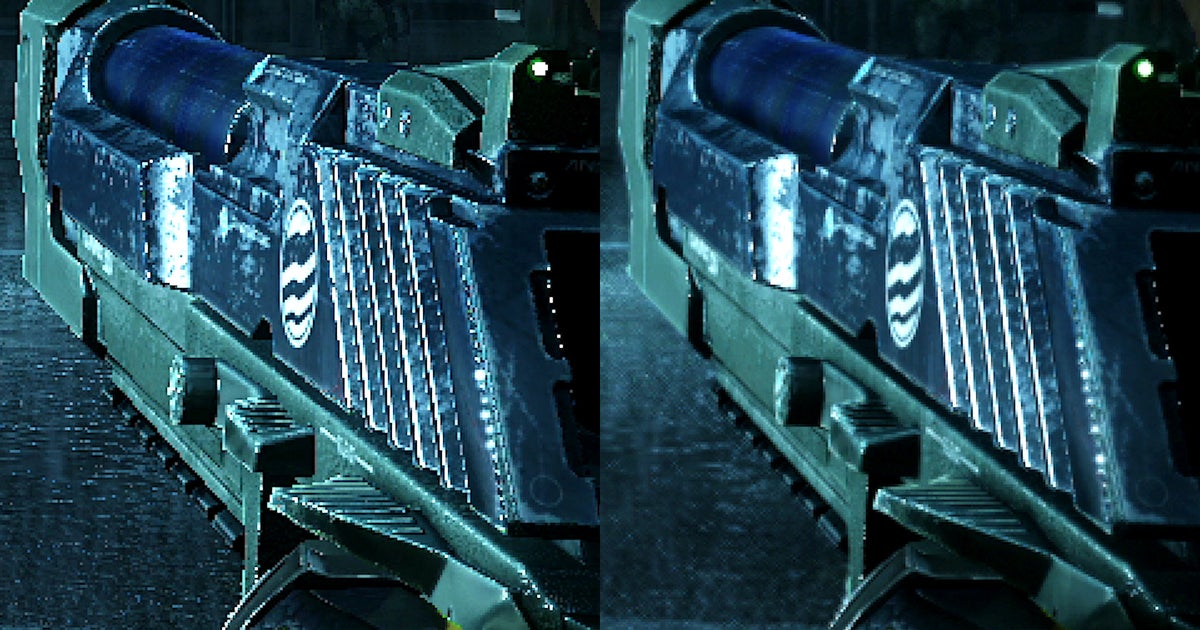- cross-posted to:
- pcgaming
- cross-posted to:
- pcgaming
cross-posted from: https://lemmy.world/post/11840660
TAA is a crucial tool for developers - but is the impact to image quality too great?
For good or bad, temporal anti-aliasing - or TAA - has become a defining element of image quality in today’s games, but is it a blessing, a curse, or both? Whichever way you slice it, it’s here to stay, so what is it, why do so many games use it and what’s with all the blur? At one point, TAA did not exist at all, so what methods of anti-aliasing were used and why aren’t they used any more?



It’s like you’ve used each thing once in some specific game where it was badly implemented and decided that’s how it looks in all games.
There is no objective “it looks like this”, every game does things slightly or very differently. I’m certain you are unusually blind to detail, have serious vision problems, or you’re just very good at convincing yourself of your own bad ideas.
There are actually a few unreal engine games where you can’t disable AA in the settings and I have tried to play with it on but I just end up disabling it in the ini files anyways because it looks bad. I have not encountered AA that does not make the game look blurry.
I have never met anyone who doesn’t disable motion blur just outright so didn’t think anyone would ever defend that.